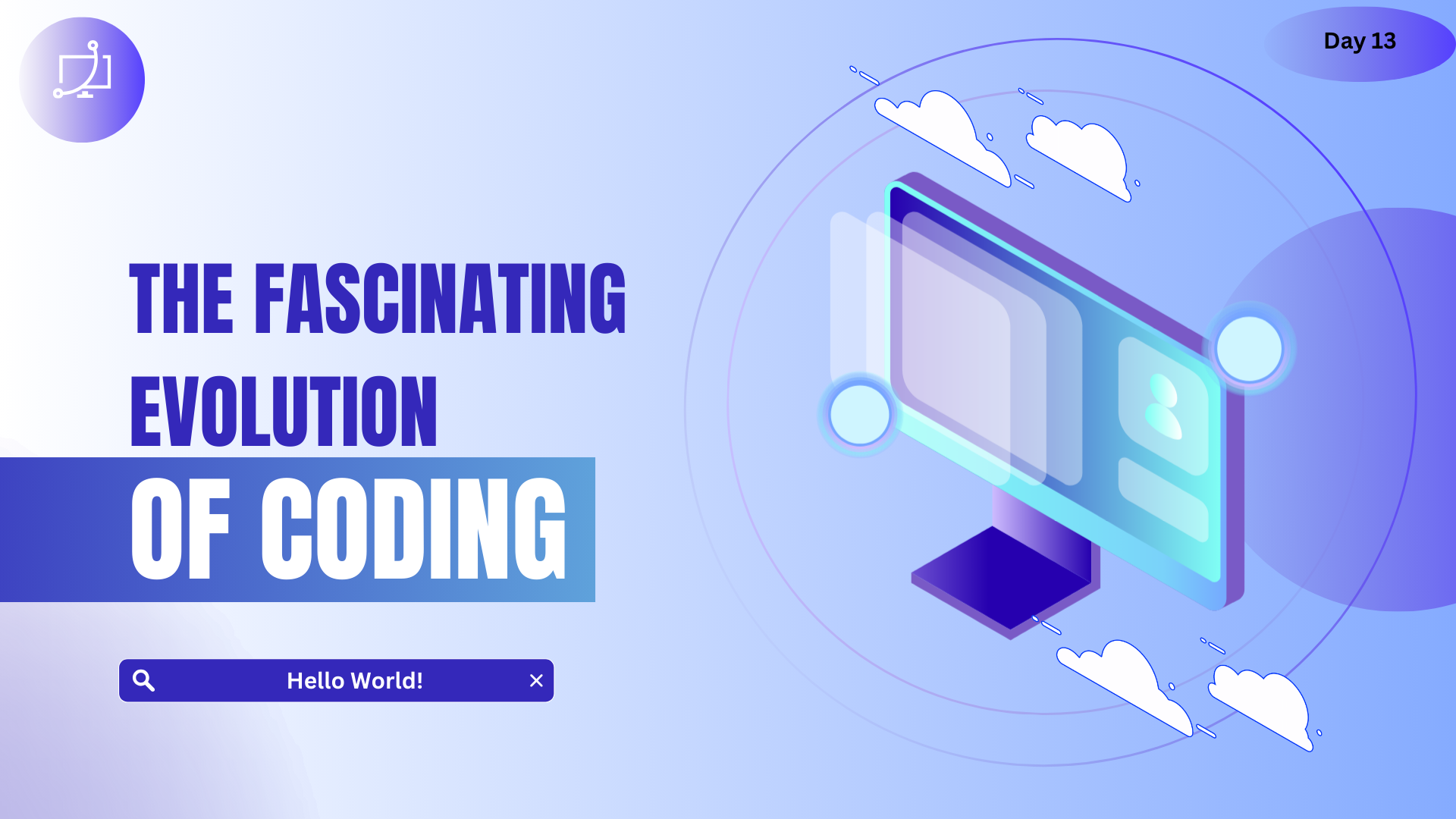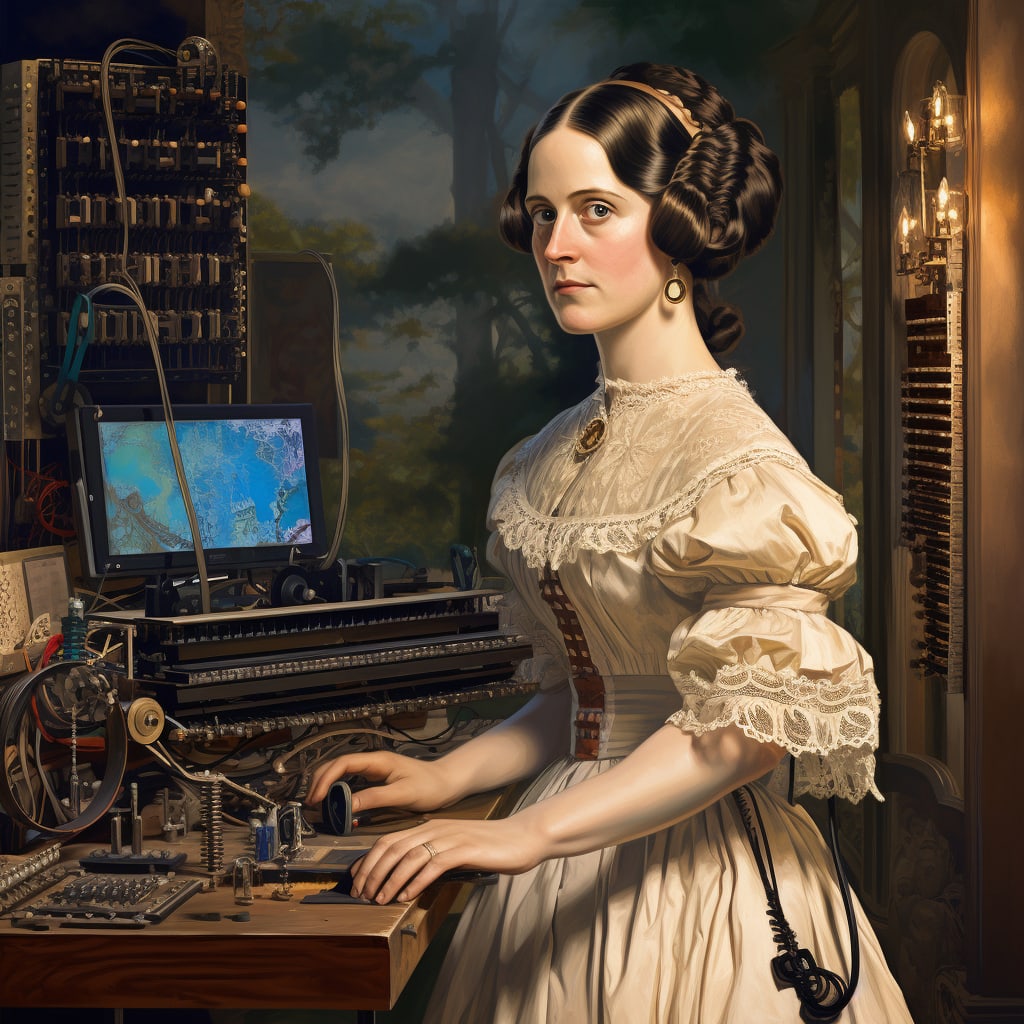The Fascinating Evolution of Coding
 Aakashi Jaiswal
Aakashi Jaiswal
The Origins and Evolution of Coding
Coding, also known as computer programming, the process of creating sequences of instructions that computers can follow to perform specific tasks. The history of coding is deeply connected with the development of computers and has evolved over the centuries.
Early Beginnings
The concept of programmable devices dates back centuries, with early examples :
-9th Century: The Persian Banu Musa brothers invented a programmable music sequencer
-In 1206 Al-Jazari created a programmable drum machine.
-1801: Joseph Marie Jacquard developed the Jacquard loom, which used punched cards to control the weaving process.
These devices laid the groundwork for later developments in coding by introducing the idea of using a set of instructions to automate tasks.
The Birth of Computer Programming
The first recognized computer program was written by Ada Lovelace in 1843 for Charles Babbage's Analytical Engine. Lovelace's algorithm calculated Bernoulli numbers, marking a significant milestone in programming history.

It wasn't until the late 1940s and early 1950s that programming began to take on a more structured form with the introduction of assembly languages and high-level programming languages.
Transition to Assembly Language
In the early days of computing, programmers wrote instructions directly in machine code, which consisted of binary (0s and 1s). This was error-prone. To simplify this process, assembly language was developed, allowing programmers to use mnemonics instead of binary code. This transition made programming more accessible and laid the foundation for higher-level languages.
The Rise of High-Level Programming Languages
As computers became more powerful and complex, the need for more modern programming languages arose. High-level languages abstracted away much of the complexity associated with machine code. Key milestones are:
-In,1952:
The first compiler was developed by Grace Hopper, leading to easier program writing.
-In,1957:
FORTRAN emerged as one of the first widely used high-level programming languages designed for scientific computing.
-In, 1960s:
Languages like COBOL and ALGOL were introduced, further advancing programming capabilities.
These high-level languages allowed programmers to write code that was easier to understand and maintain, speeding up software development.
Modern Coding Practices
Today, coding is an essential skill across various fields. It enables us to create software applications, websites, and algorithms that powers the modern technology.
The evolution from binary code to high-level languages reflects humanity's ongoing quest to make technology more intuitive and accessible. As our reliance on digital solutions grows, coding continues to be a critical component in shaping our future.
Coding originated from simple mechanical devices and has evolved through significant milestones into a complex discipline that underpins much of modern technology. Its development has been driven by necessity, innovation, and the desire for efficiency in human-computer interaction.
Subscribe to my newsletter
Read articles from Aakashi Jaiswal directly inside your inbox. Subscribe to the newsletter, and don't miss out.
Written by

Aakashi Jaiswal
Aakashi Jaiswal
Coder | Winter of Blockchain 2024❄️ | Web-Developer | App-Developer | UI/UX | DSA | GSSoc 2024| Freelancer | Building a Startup | Helping People learn Technology | Dancer | MERN stack developer